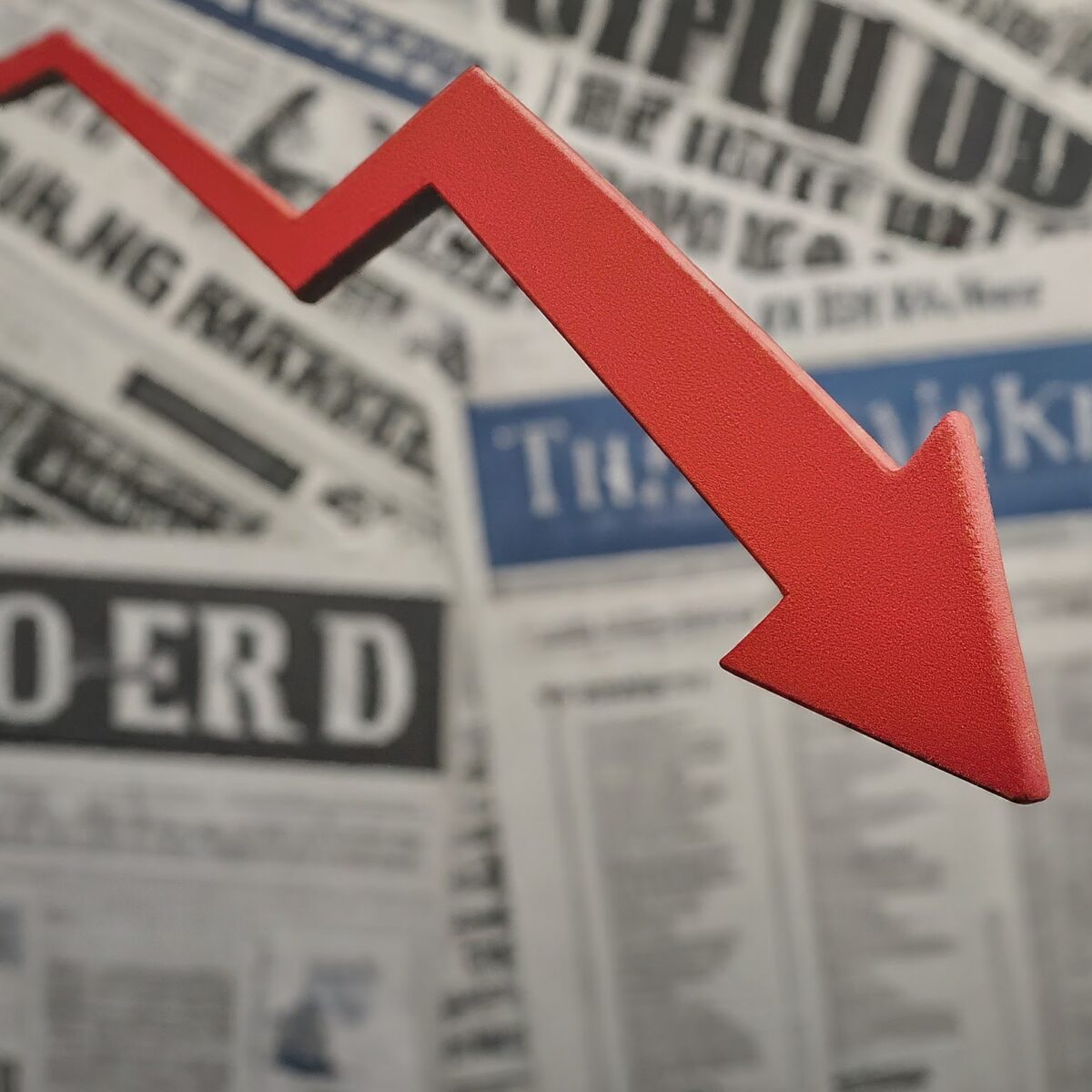The Looming Storm: Protecting and Growing Your Business After the 2024 Financial Bubble Burst
As a financial risk management expert, I’ve weathered numerous economic storms. But the current market conditions in 2024 raise red flags for a potential major financial bubble burst. While predicting the exact timing is impossible, proactive business owners can take steps now to navigate the turbulence and emerge stronger on the other side.
Understanding the 2024 Bubble:
Several factors contribute to the potential bubble we face:
- Low-interest-rate environment: Years of historically low-interest rates have fueled borrowing and investment, inflating asset prices like stocks and real estate. This artificial growth can become unsustainable.
- Rising inflation: Inflationary pressures, driven by supply chain disruptions and geopolitical tensions, can put a strain on consumers and businesses alike.
- Geopolitical uncertainty: Ongoing conflicts and international tensions can trigger market volatility and disrupt global trade.
- Tech sector concerns: While technology has been a growth engine, some segments might be overvalued, leading to a potential correction.
The Burst and Its Impact:
When the bubble bursts, we can expect:
- Market crash: Stock prices could plummet, impacting investors and businesses reliant on capital markets.
- Credit crunch: Banks might tighten lending standards, making it harder for businesses to access financing.
- Economic slowdown: Reduced consumer spending and investment can lead to lower economic growth, potentially triggering a recession.
Protecting Your Business:
Now is the time to fortify your business against these potential headwinds. Here’s a comprehensive risk management strategy:
1. Financial Resilience:
- Strengthen Your Balance Sheet: Focus on building a healthy cash reserve to weather potential revenue dips. Aim for 3-6 months of operating expenses covered by your cash buffer.
- Debt Management: Review your existing debt and explore opportunities to consolidate or pay down high-interest debt. Reduce your reliance on borrowed funds to avoid cash flow issues during a downturn.
- Renegotiate Contracts: Renegotiate contracts with vendors and suppliers to secure better terms or longer payment cycles to free up working capital.
2. Operational Efficiency:
- Cost Optimisation: Identify and eliminate unnecessary expenses. Streamline operations, renegotiate contracts with service providers, and explore cost-saving measures.
- Inventory Management: Implement efficient inventory management practices to avoid overstocking and potential write-downs if demand falls.
- Diversification: Diversify your customer base and product/service offerings to reduce dependence on any single market segment.
3. Risk Mitigation:
- Scenario Planning: Conduct scenario planning exercises to assess how your business would fare under different economic conditions. Develop contingency plans to address potential challenges.
- Cybersecurity: Strengthen your cybersecurity measures to protect against cyberattacks that could disrupt operations.
- Supply Chain Resilience: Evaluate your supply chain for vulnerabilities. Diversify your suppliers and establish contingency plans to mitigate disruptions.
4. Building Long-Term Value:
- Innovation: Invest in innovation to develop new products or services that meet evolving customer needs in a post-bubble environment.
- Employee Engagement: Prioritise employee well-being and development. A strong, motivated workforce is crucial in navigating economic downturns.
- Customer Focus: Double down on customer service and build strong relationships with your customers. Loyal customers will be critical during challenging times.
5. Communication and Transparency:
- Communicate with Stakeholders: Keep employees, investors, and other stakeholders informed about the evolving economic situation and your planned responses. Transparent communication fosters trust and confidence.
- Prepare for the Narrative Shift: Shift your communication strategy from a growth-at-all-costs mentality to one emphasizing resilience, sustainability, and long-term value creation.
Growth in the Aftermath:
While navigating the initial bubble burst will necessitate defensive measures, don’t lose sight of growth opportunities. Utilise the downturn to:
- Acquire Assets at Attractive Prices: If valuations fall significantly, consider strategic acquisitions to expand your market share or capabilities.
- Attract Top Talent: During economic downturns, talented individuals might be more open to new opportunities. Utilise this chance to recruit top talent.
- Invest in Innovation and Technology: Invest in R&D and innovative technologies to differentiate your business and emerge as a leader in the post-bubble environment.
Conclusion:
The 2024 financial bubble burst is a potential threat, but it also presents an opportunity for businesses that prepare and adapt. By prioritising financial resilience, operational efficiency, risk mitigation, long-term value creation, and effective communication, you can not only weather the storm but potentially emerge stronger and more competitive. Remember, economic downturns are cyclical. By taking proactive steps now, you can ensure your business survives and thrives in the years to come.
Get help to protect and grow your business
Subscribe for free risk alerts and risk reviews
Read more business risk management articles



